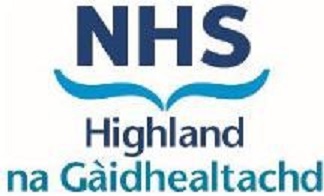Symptoms
- Lid swelling
- Decreased vision
- Double vision
- Feels unwell; often preceding Upper Respiratory Tract Infection
Signs
- Decreased visual acuity
- Proptosis
- Lid swelling
- Conjunctiva red and chemosed
- Reduced ocular motility
- May have afferent pupillary defect
- Pyrexia
